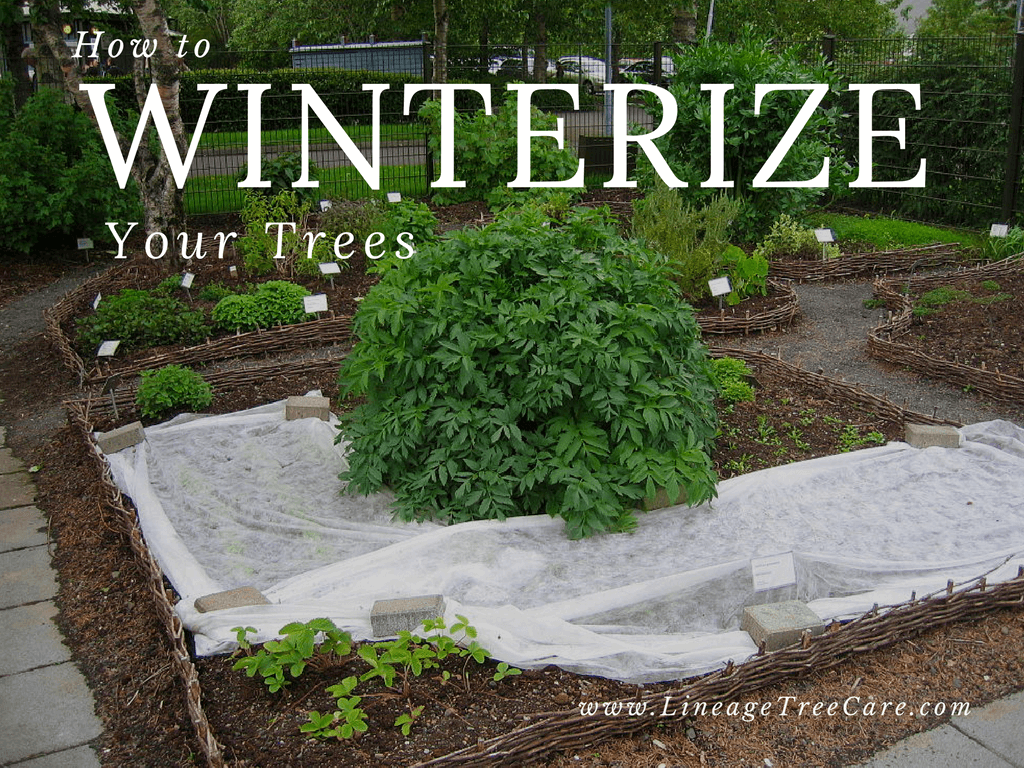
We talked a little bit about protecting young trees over the winter but what about any type of tree you really want to protect? What about trees that are not native to the Pacific Northwest? Will they simply die? I know a lot of people that have out of zone trees such as lemon trees or palm trees that are planted in large pots and they simply bring them indoors during the winter season, but one that is not possible? How do you winterize a tree or protect it?
Trees naturally go dormant in the winter time. They will sense the changing temperature and light and have their own dormancy controls to do what they are designed to do. The mechanism called ‘senescence’, is built into a tree telling it to close down for winter. They continue to regulate their metabolism on the inside even though the outside shows no signs of life. This decrease in photosynthesis will allow the tree to continue to grow its roots while laying dormant above the soil. However, a dormant tree still needs to be protected to remain fit and free from disease and insects. Here are some ways to protect or winterize a tree.
Only prune the dead and diseased or overlapping branches in late fall. If you start to prune live branches you could promote excess growth, which could kill the tree over the winter. Only cut off dead or dying limbs and encourage new strong growth in the spring.
Mulch an error rate. Young trees are vulnerable to fluctuations in the temperature and moisture so it’s important to have at least a 2 to 3-inch layer of mulch around the base of the tree going out as far as the limbs stretch. You’ll also want to read the soil and compacted mulch if he gets waterlogged or too dense as this can suffocate the roots.
Fertilizer and water only if necessary. You can fertilize the top part of the mulch with a balanced fertilizer, letting it slowly seep into the root system over the winter each time it rains. If we have a dry spell or hot daytime temperatures, this could damage the tree so you want to water when necessary but only when the temperature is warm enough not to freeze the water.
Using dormant spray. Sprays are good for deciduous trees or ornamental fruit trees and shrubs. If you plan on pruning, only do so before you spray so that you don’t waste a lot of the spray-on dead or dying limbs. Make sure you don’t spray in direct sunlight as it can damage dormant beds.
Again, if you have a tree that is not familiar with the Pacific Northwest temperatures, it would be a good idea to pot it and move it inside. Some tropical fruit trees and ornamentals may also need to be covered if you don’t plan on repotting them.
For specific care on any type of tree or winterizing your trees give us a call. We can answer questions on protecting your tree over the winter or help you with pruning and dead tree limb removal.
Ask your question below!
